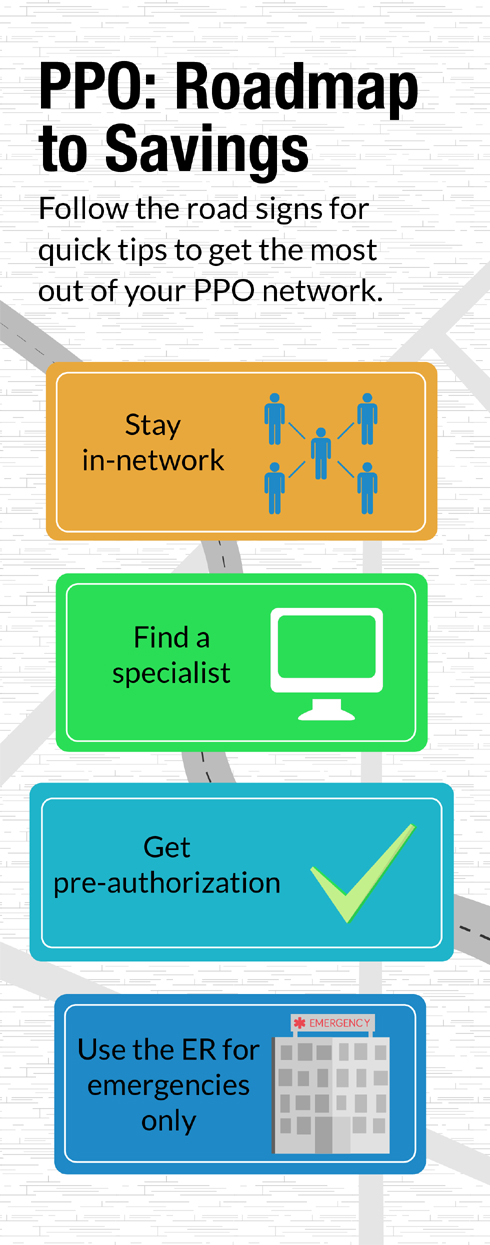Understand Copays vs Coinsurance. After youve met your deductible your coinsurance kicks in.
 True Family Embedded Deductibles Types Of Deductibles Bcbs Wny
True Family Embedded Deductibles Types Of Deductibles Bcbs Wny
Understanding Coinsurance Horizon Blue Cross Blue Shield of New Jersey is an independent licensee of the Blue Cross Blue Shield Association.

Blue cross coinsurance. Your plan determines what your copay is for different types of services and when you have one. You may have a copay before youve finished paying toward your deductible. At the start of each year your deductible and coinsurance resets for the next plan year and the 5000 deductible and 20 coinsurance will start again.
Its the second part you pay for your health care before insurance pays for all of your health care. 75 after meeting the calendar year deductible. Your health insurance plan has a.
Coinsurance is the amount you pay for covered health care after you meet your deductible. You must pay 4000 toward your covered medical costs before your health plan begins to cover costs. Your Deductible Coinsurance Your Out-of-Pocket Maximum Together this is the most youll pay during the plan year.
Blue Cross and Medigap. Blue Cross NC members can find their coinsurance percentage on the Benefits page in Blue Connect on a member ID card or in the Summary of Benefits in their benefit booklet. You have met or paid your deductible.
If your plan has a deductible you pay your coinsurance for covered services once the deductible is met. Video Player is loading. When the amount of coinsurance youve paid reaches 6000 the plan covers 100 until your plan year renews.
You may also have a copay after you pay your deductible and when you owe coinsurance. In-Network services outside of Alabama may vary. The percentage you pay for covered services.
Blue Cross will send a summary to your doctor explaining how much the health plan and the member will pay on the claim. Benefits listed apply to in-network services. 20 copay for generics.
Blue Cross NC will not recognize any such assignment and any attempted assignment is void if performed without Blue Cross NCs prior written consent. 400 copay for specialty. Coinsurance is your share of the cost of a covered medical service after youve met your deductible for your benefit period 1 year.
When the amount of coinsurance youve paid reaches 6000 the plan covers 100 until your plan year renews. In this example that means that your plan now pays for 75 of your benefits while you pay the other 25. Learn about coinsurance and how it works.
Each year youll pay your coinsurance. Your plan covers 75 which is 150. 60 copay for preferred brand-name.
The X-ray for your hand costs 200. Learn about coinsurance and how it works. Out-of-pocket maximum of 5000.
Coinsurance is your share of your health care costs after youve met your deductible. You must pay the first 5000 of your medical costs. Your Blue Cross ID card may list copays for some visits.
After you meet your deductible then you pay part of the bill say 20 and your insurance pays part of the bill say 80 until youve paid your coinsurance for the plan year. 25 after meeting the calendar year deductible. 100 copay for non-preferred brand-name.
Submitted by admin on Thu 06232011 - 1513. This amount is a percentage of the total cost of carefor example 20and your Blue Cross plan covers the rest. Understanding what you pay for your health care is an important part of understanding your coverage.
If youve already met your annual 4000 deductible your coinsurance goes into effect. 8 Primary Care Physician Office Visit. Heres a break down of those costs.
You can also log in to your account or register for one on our website or. Blue Cross also sends you an Explanation of Benefits EOB with the same information. A plan is good for 1 year.
Your health plan also has 1000 coinsurance. Your health plan has a 1000 deductible. Also referred to as cost sharing its part of the total cost of medical or hospital services you receive.
A plan is good for 1 year. Learn more about coinsurance and how to calculate your costs below. 200 copay for preferred specialty.
Once your doctor has received the claim and any payment due from Blue Cross your provider will send you a bill for the amount you owe as. Coinsurance After Youve Met Your Deductible. After you pay the 4000 deductible your health plan covers 70 of the costs and you pay the other 30.
After that your plan covers 80 of the costs and you pay the other 20. What to know Medically reviewed by Debra Sullivan PhD MSN RN CNE COI Written by Zia Sherrell MPH on January 28 2021 About Medigap. Blue Cross NC may pay a PROVIDER directly.
PROVIDERS are not considered beneficiaries under this group health plan and do not have standing to sue under ERISA. For example Blue Cross NC pays IN-NETWORK.
:max_bytes(150000):strip_icc()/whats-the-difference-between-copay-and-coinsurance-1738506_final-4c635a490ace4b8d9ab16ac6fa61d192.jpg)


